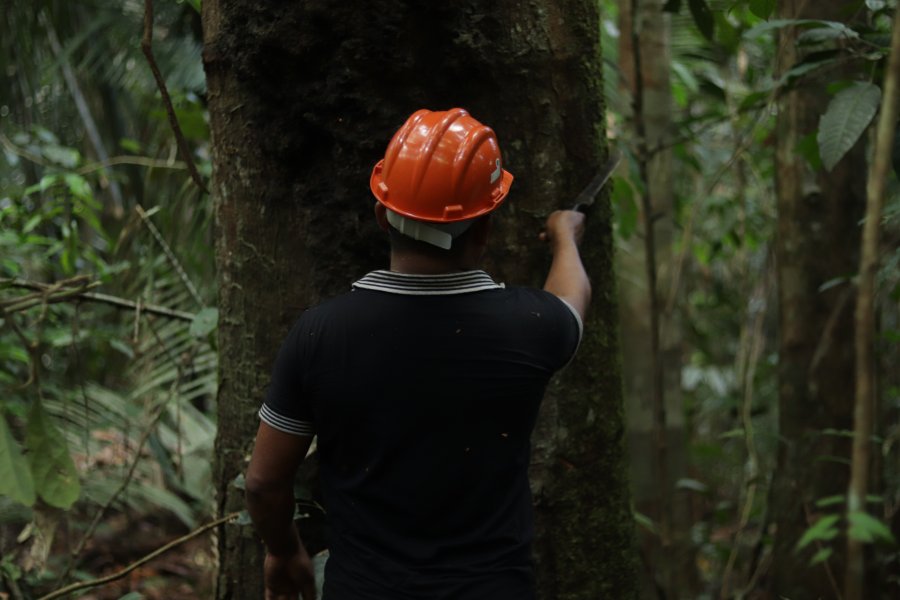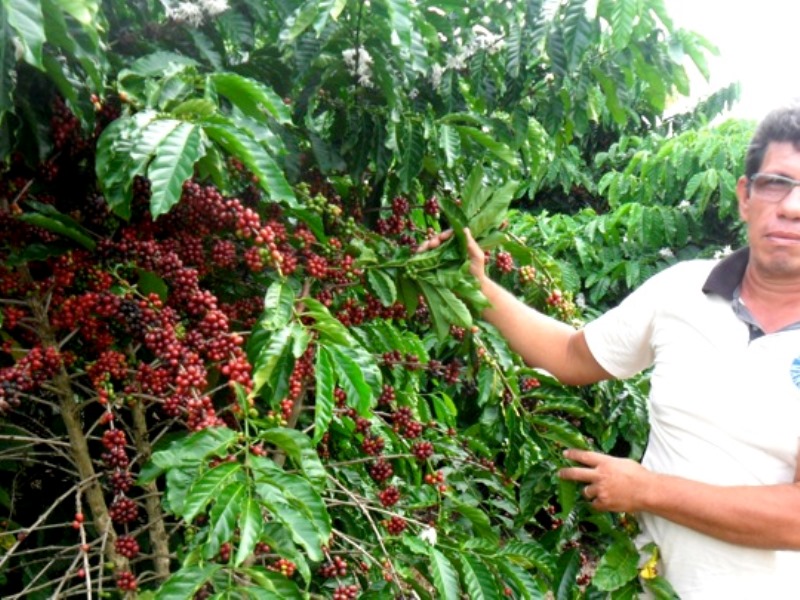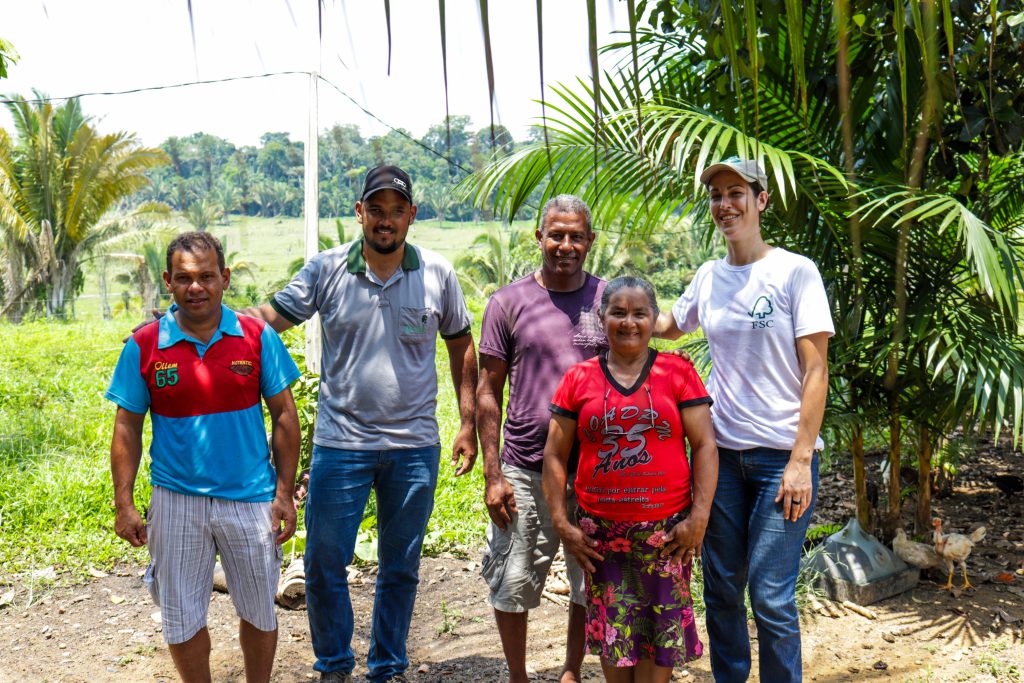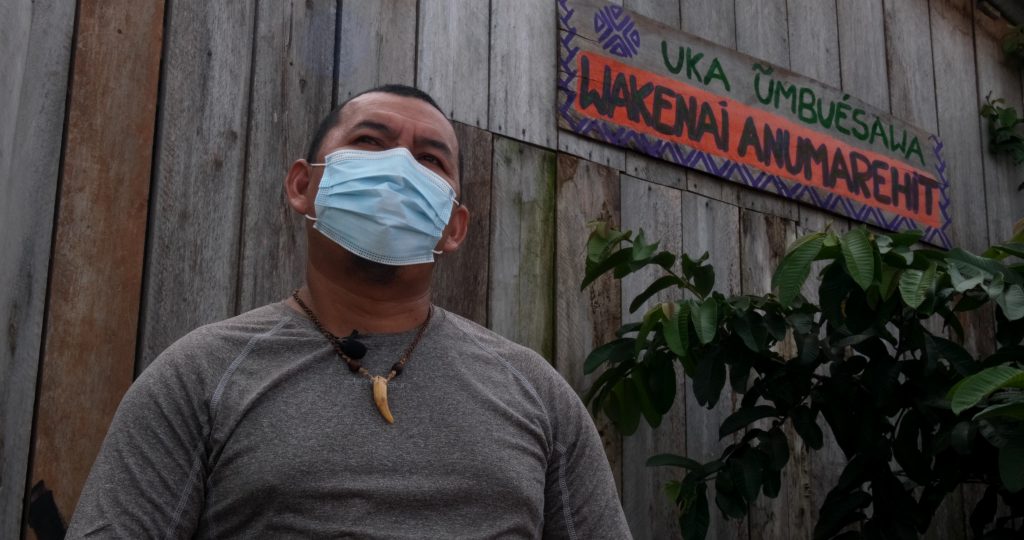BR-319 não é entrave para oxigênio em Manaus
With information from WWF
Translated by Felipe Sá
Photo: Idesam/Drance Jézus
In statements by Mayor David Almeida (Avante) reproduced by the regional press, social and environmental movements have been blamed for the lack of oxygen in Manaus. In the midst of the chaos that has been proven to result from poor public management of the pandemic at various levels of government, he has tried to shift the blame for notorious incompetencies, such as the lack of oxygen in hospitals in the capital of the state of Amazonas and other cities, to the lack of licensing for paving the BR-319 highway that connects Manaus to Porto Velho. The argument even surprises by the fact that, by land, oxygen comes by other routes and, in the case of emergency, by air.
In a note, the BR-319 Observatory states that “blaming the current limited traffic on the BR-319 highway for the lack of oxygen to care for patients hospitalized in Manaus (and in the state) is a way of exempting the public power from the calamity that strikes the region, since almost a year ago it should be facing the pandemic in a planned and strategic way; besides – also quietly – divert attention from all the real historical process that led to this situation.
The highway BR-319 is one of the most controversial construction projects in the Amazon. The claim that the road is fundamental to ensure development is questioned in the face of the socio-environmental damage with deforestation and loss of biodiversity it generates. Its project derives from an outdated development model, which violates the legislation, protocols and socio-environmental safeguards that guarantee the positioning and governance of the populations that live around it.
The BR-319 Observatory points out that “approximately 69 Indigenous Lands and 44 Conservation Units will be impacted. Due to this, there is a need for a broad involvement of indigenous peoples and traditional communities, as well as adequate governance that controls traffic and other illegalities such as timber theft, invasions, and land grabbing.
Opened in 1976 and abandoned in 1988 due to the absence of maintenance and total paving, the highway has not yet been rebuilt due to lack of environmental licenses that require environmental and social impact studies. For decades, the repaving of the BR-319 highway has been used in political strategies to obtain votes in elections. Since its creation, more than $150 million has been invested in renovations and studies. Currently, it is a priority for the Federal Government, which maintains a predatory policy for the environment, indigenous peoples, riverine communities and quilombolas of the region. For the BR-319 Observatory, the project is important, but it cannot disregard the natural and social heritage of the state of Amazonas, as the note points out:
“We understand the importance of the BR-319 repaving, we follow and contribute technically with the process and therefore we affirm that it is not the protection of the natural patrimony of the state of Amazonas that delays its conclusion, but the lack of competence and political interests to make the works respect the Brazilian environmental legislation and the mechanisms of social safeguard; thus following its conclusion in a responsible, transparent and participative way”.





